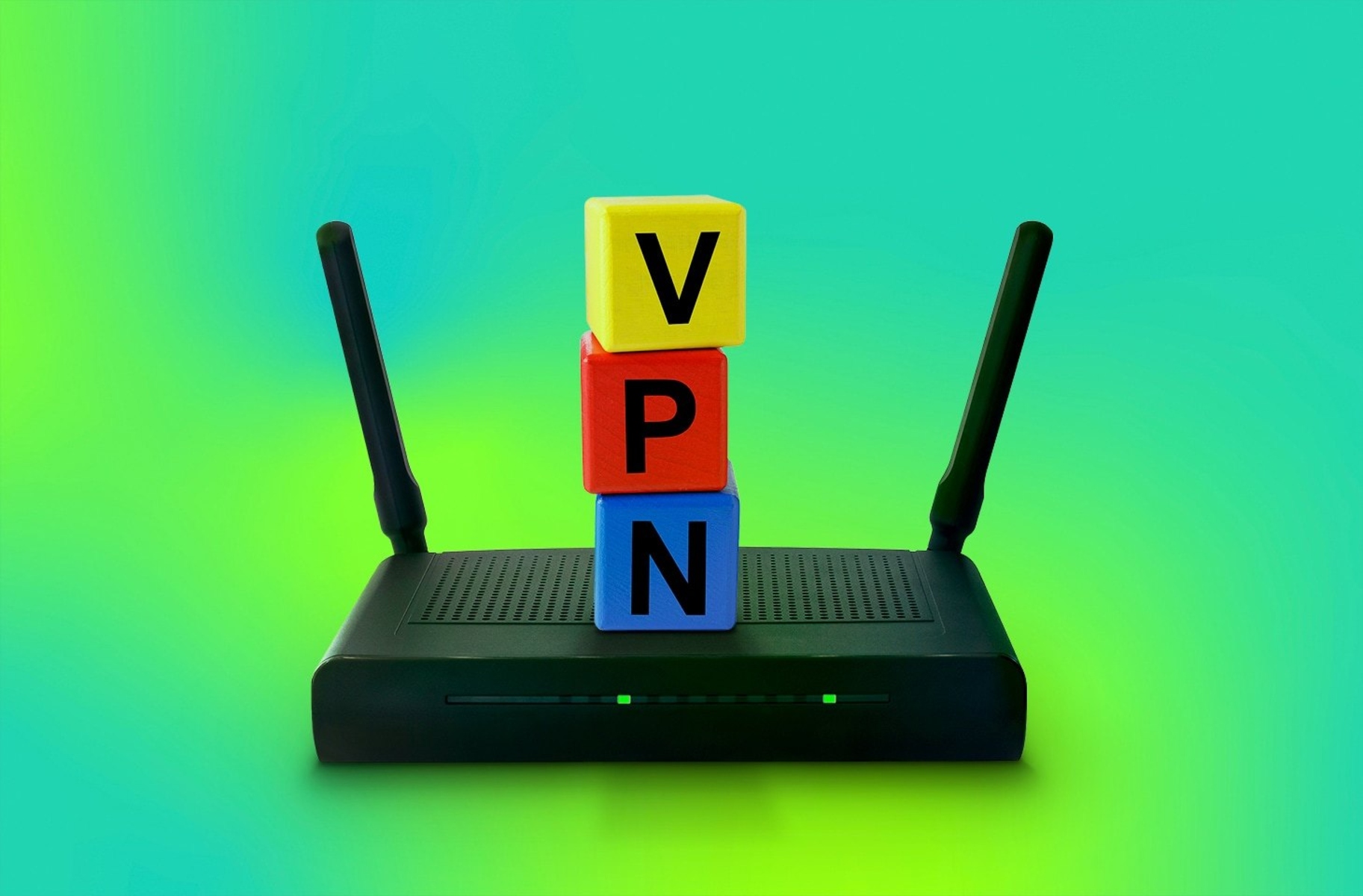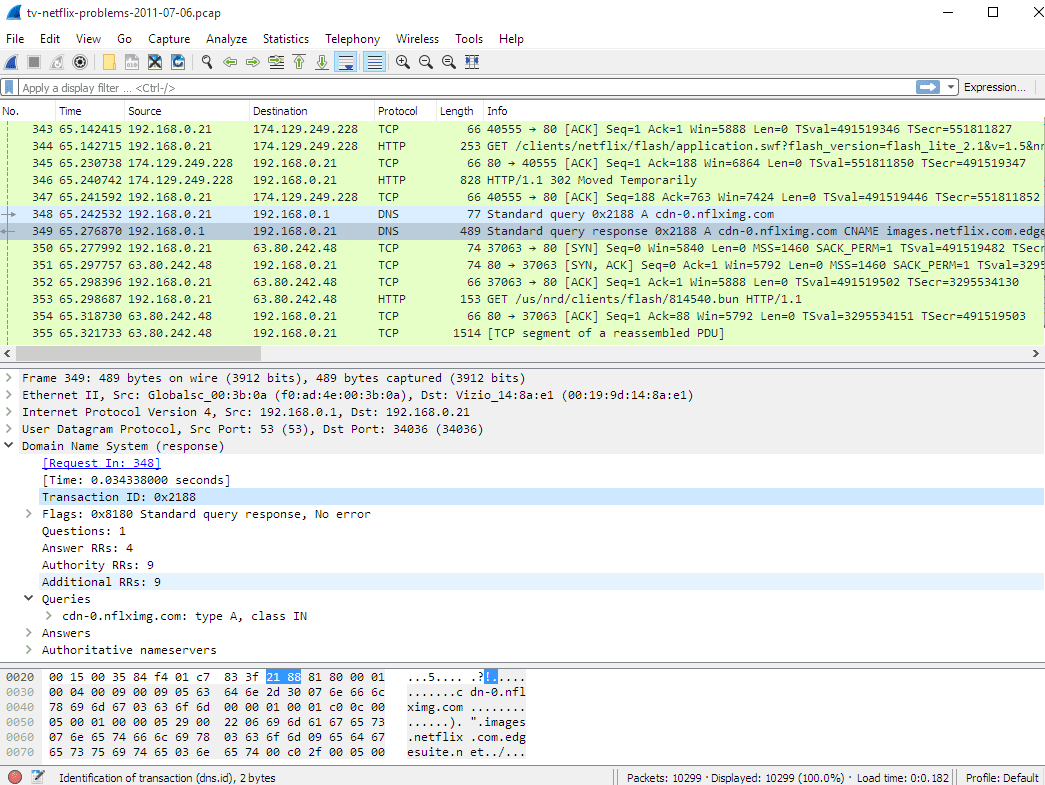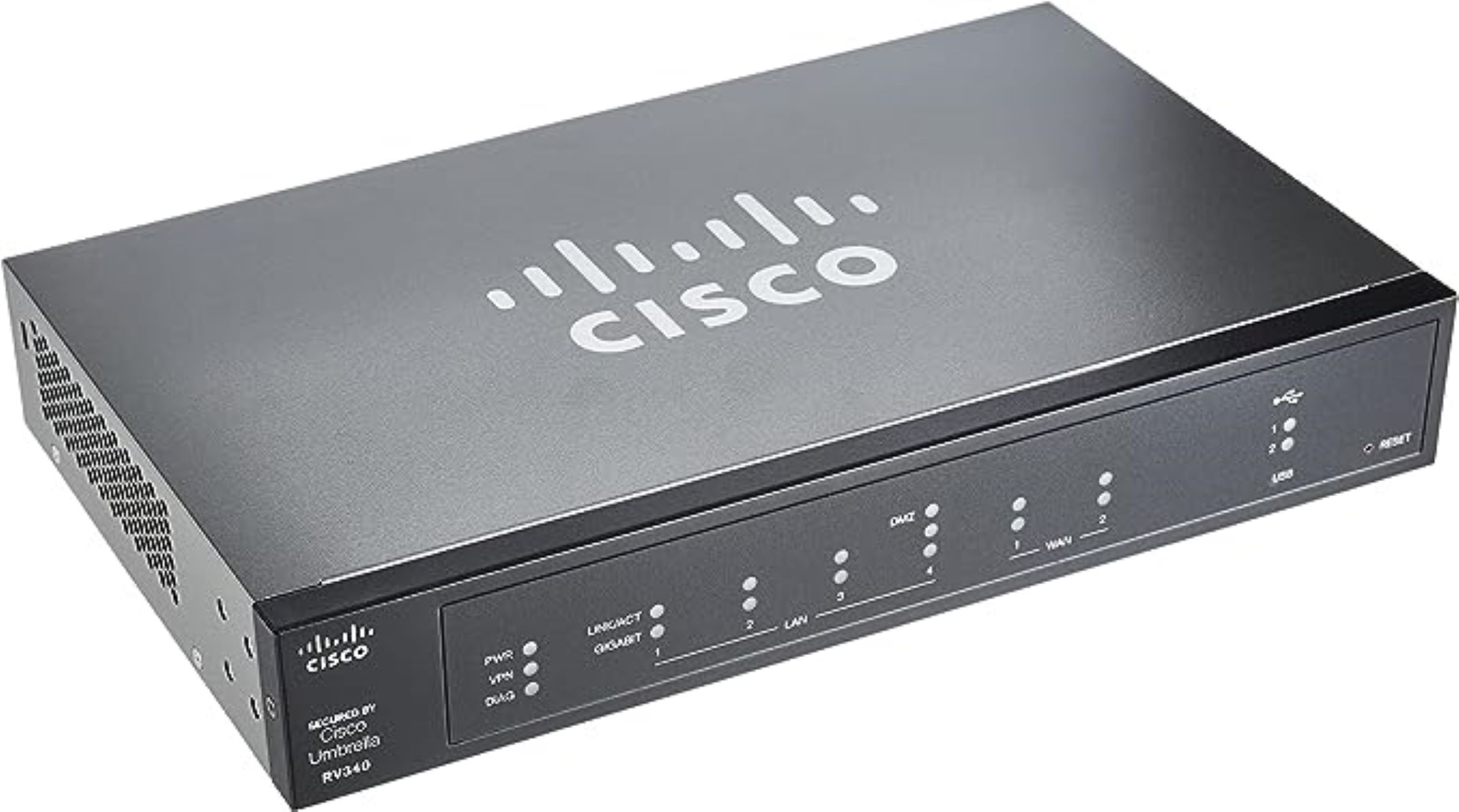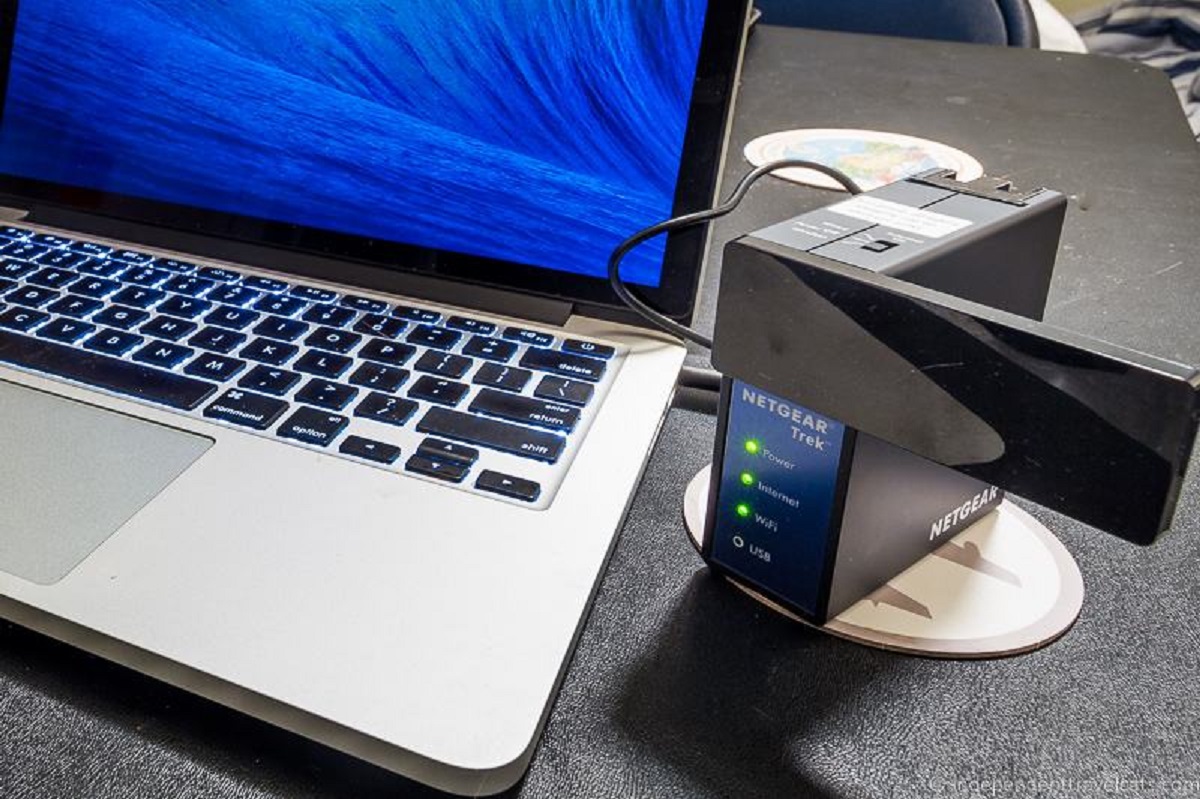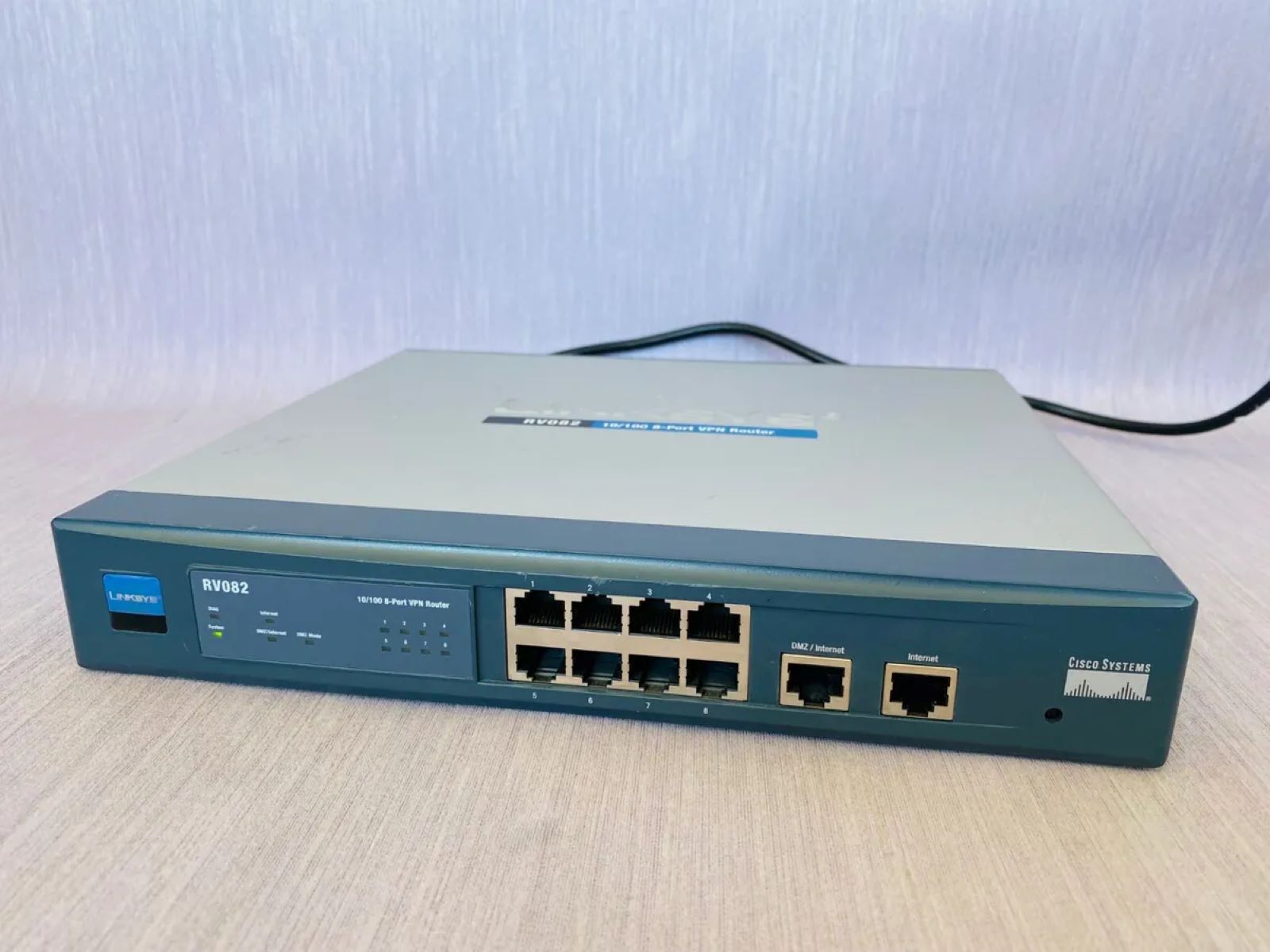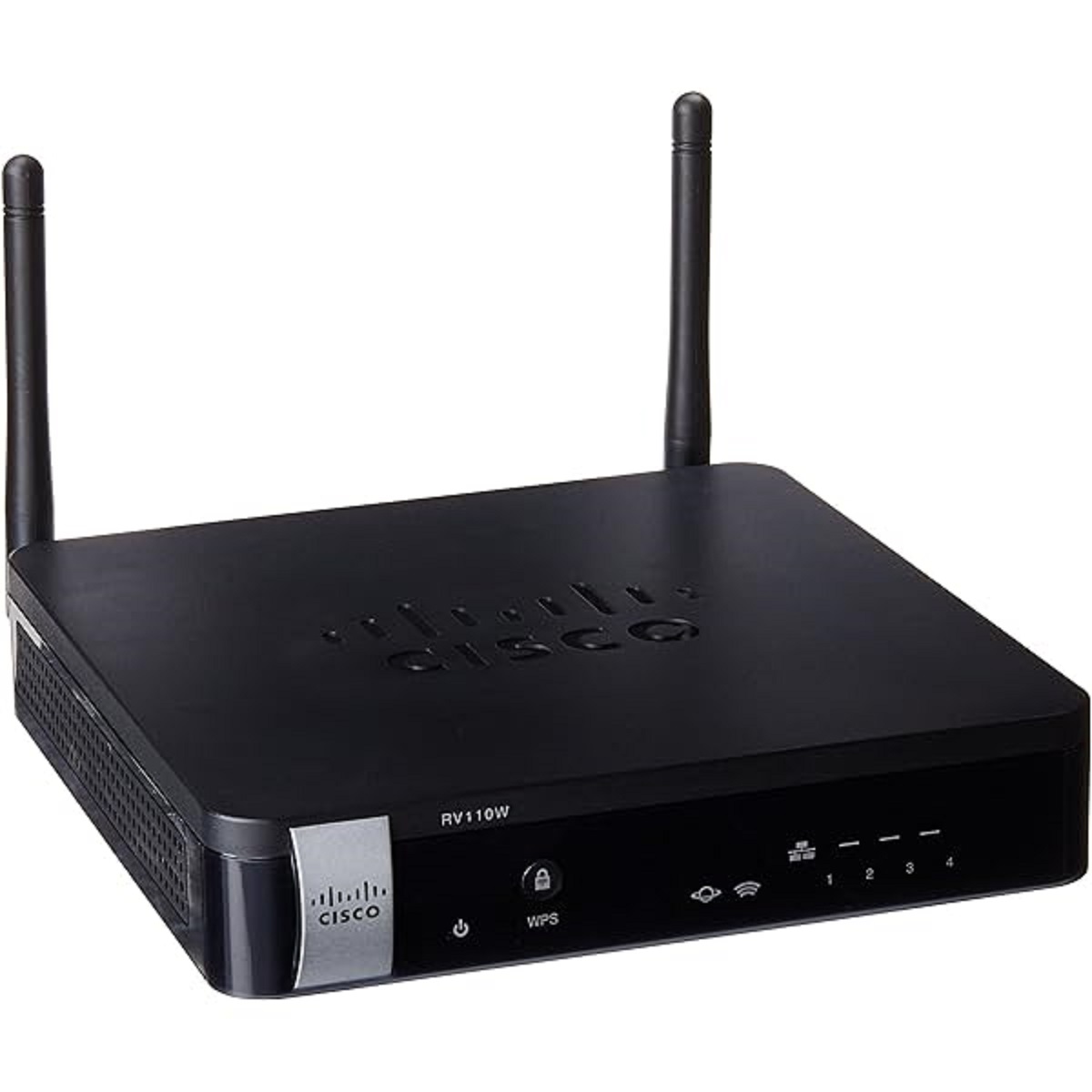Why Put a VPN on Your Router?
With the increasing need for online privacy and security, many individuals and businesses are turning to virtual private networks (VPNs) to protect their sensitive data and ensure their online activities remain private. While it’s common to install a VPN on individual devices, such as computers or smartphones, there are several compelling reasons to put a VPN directly on your router.
Firstly, putting a VPN on your router allows you to secure your entire home or office network in one go. Instead of configuring each device separately, all the devices connected to your router will automatically benefit from the VPN’s encryption and security features. This includes smartphones, laptops, tablets, IoT devices, and even gaming consoles.
Moreover, installing a VPN on your router ensures that all internet traffic flowing through your network is encrypted and anonymized. This means that no matter which device you use to connect to the internet, your data will be protected from prying eyes and potential hackers. Additionally, using a VPN on your router allows you to bypass geographic restrictions and access region-locked content on all devices connected to your network.
Another advantage of having a VPN on your router is the convenience it offers. Once set up, you don’t need to individually configure each device or remember to connect to the VPN. The router handles all the encryption and establishes a secure connection automatically, saving you time and effort.
Furthermore, putting a VPN on your router provides an extra layer of security against potential vulnerabilities in individual devices. Even if an appliance or smartphone has security flaws, the VPN on the router adds an additional barrier of protection that keeps your data secure.
Lastly, having a VPN on your router can also help you save money. Many online services and retailers price their products differently based on the user’s location. By using a VPN to route your internet traffic through a server in a different country, you can take advantage of lower prices or exclusive deals only available to that region.
In summary, there are several compelling reasons for putting a VPN on your router. From securing your entire network to providing ease of use and accessing region-locked content, a VPN on your router offers enhanced privacy, security, and convenience. So, if you value your online privacy and want to enjoy a secure browsing experience on all devices, consider installing a VPN directly on your router.
Benefits of Having a VPN on Your Router
Installing a virtual private network (VPN) on your router brings a multitude of benefits for both home and business users. Let’s explore some of the advantages of having a VPN directly on your router:
- Network-wide Security: One of the primary benefits of a router-based VPN is the ability to secure your entire network. By encrypting all the data that flows through the router, every device connected to it, from smartphones to smart TVs, will enjoy an enhanced level of security and privacy.
- Protects IoT Devices: Internet of Things (IoT) devices, such as smart thermostats and home security systems, often lack robust security measures. By connecting them to a VPN-enabled router, you can ensure their communication remains secure and protected from potential cyber threats.
- Easy Accessibility: Setting up a VPN on your router eliminates the need to individually configure each device. Once the VPN is configured on the router, all devices connected to the network automatically benefit from its encryption and privacy features. This makes it convenient for both tech-savvy users and those less familiar with VPN technology.
- Bypassing Geographic Restrictions: Many online services and websites employ geolocation to restrict content access based on a user’s location. With a VPN-enabled router, you can bypass such restrictions and access region-locked content on any device connected to your network, opening up a world of possibilities.
- Enhanced Privacy: A router-based VPN ensures that your internet traffic is encrypted and anonymized, protecting your sensitive information and shielding your online activities from prying eyes. This is particularly crucial when using public Wi-Fi networks or accessing online banking, email, or other services that require secure connections.
- Securing Remote Work: With the rise of remote work, having a VPN on your router becomes even more important. It provides a secure and encrypted connection for remote employees accessing company resources, preventing unauthorized access and ensuring the confidentiality of sensitive data.
- Flexibility and Scalability: Unlike individual device VPN setups, a VPN installed on your router allows you to connect an unlimited number of devices without any additional costs. This scalability makes it an ideal solution for households with multiple users or businesses with multiple employees.
In summary, having a VPN on your router offers a wide range of benefits. These include network-wide security, protection for IoT devices, easy accessibility for all connected devices, the ability to bypass geographical restrictions, enhanced privacy, secure remote work capabilities, and flexibility for growing networks. By harnessing these benefits, you can enjoy a safer, more private, and unrestricted browsing experience for your entire network.
Things to Consider Before Putting a VPN on Your Router
While installing a virtual private network (VPN) on your router brings numerous benefits, it’s important to consider a few factors before making the decision. Here are some key considerations:
- Router Compatibility: Not all routers are compatible with VPN services. Before proceeding, ensure that your router supports VPN installation. Check the manufacturer’s website or user manual for specific compatibility information.
- VPN Provider Compatibility: Different VPN providers offer varying levels of compatibility with routers. It’s crucial to choose a VPN service that supports router installations and provides clear instructions or customer support for the setup process.
- Router Performance: Using a VPN on your router can impact its performance, particularly on older or lower-end models. Take into account the router’s processing power and available memory to ensure it can handle the encryption and decryption processes without significant speed or stability issues.
- Internet Speed: While VPNs add a layer of security, they can also slightly impact your internet speed due to the encryption and routing processes. Consider your current internet speed and whether the potential decrease is acceptable for your needs.
- Configuration Options: Not all routers provide the same level of customization options for VPN installations. Some routers may have limited settings or only allow specific VPN protocols. Review the router’s configuration options to ensure they meet your requirements.
- Multiple Connection Limitations: Some VPN providers impose limitations on the number of simultaneous device connections allowed when using the VPN on a router. If you have a significant number of devices to connect, check if the VPN provider allows sufficient connections for your needs.
- Technical Expertise: Setting up a VPN on your router typically requires some technical knowledge and understanding of router settings. If you’re not comfortable with this process, consider consulting a tech-savvy friend or seeking assistance from the VPN provider’s customer support.
- Impact on Local Network: Installing a VPN on your router affects all devices connected to the network. This includes devices that may require local network access, such as printers or home automation systems. Ensure these devices will still function correctly when connected through the VPN.
- Subscription Costs: VPNs often require a subscription to access their service. While some providers offer free options, they may come with limitations in terms of data usage or server locations. Consider the cost of the VPN service and determine if it aligns with your budget.
Taking these considerations into account will help you make an informed decision about installing a VPN on your router. Assessing compatibility, router performance, internet speed impact, configuration options, device limitations, technical expertise, local network impact, and subscription costs will ensure a smooth and successful setup process.
A Step-by-Step Guide on How to Put a VPN on Your Router
Installing a virtual private network (VPN) on your router may seem daunting, but by following these step-by-step instructions, you can easily set it up:
- Choose a Compatible Router: Ensure that your router supports VPN installations. Refer to the manufacturer’s website or user manual to check for compatibility.
- Select a VPN Provider: Research and choose a VPN provider that supports router installations. Consider factors like security features, server locations, and customer support.
- Create a VPN Account: Sign up for a VPN account with your chosen provider. Some providers offer free trials or money-back guarantees, allowing you to test their services.
- Access Your Router’s Settings: Open a web browser and enter your router’s IP address in the address bar. This will bring up the router’s login page. Enter your login credentials to access the settings.
- Locate the VPN Settings: VPN settings are typically found in the “Advanced” or “Security” section of the router’s settings menu. Look for options related to VPN, such as “VPN Settings” or “VPN Passthrough.”
- Choose Your VPN Protocol: Select the VPN protocol supported by your VPN provider. Common protocols include OpenVPN, PPTP, and L2TP/IPsec. Refer to your VPN provider’s instructions for the recommended protocol.
- Enter VPN Configuration Details: Input the configuration details provided by your VPN provider. These details include server addresses, authentication methods, and preshared keys. You may also need to specify the port number and encryption settings.
- Enable the VPN Setting: Once the configuration details are entered, switch on the VPN setting. Save the changes and wait for the router to establish a connection with the VPN server.
- Test the VPN Connection: To ensure that the VPN is properly set up, connect a device to the router’s network and test the VPN connection. Check if your IP address is changed and if you can access region-restricted content.
- Connect Additional Devices: Now that your router is successfully connected to the VPN, connect other devices to your network. All devices connected to the router will automatically benefit from the VPN’s security and privacy features.
Remember to consult your router’s user manual or the VPN provider’s support resources if you encounter any issues during the setup process. They can provide specific instructions or troubleshooting steps based on your router model and VPN service.
Troubleshooting Common Issues When Setting Up a VPN on Your Router
While setting up a virtual private network (VPN) on your router can greatly enhance your online security and privacy, you may encounter some common issues during the process. Here are some troubleshooting steps to help you resolve them:
- Invalid Configuration Details: Double-check the configuration details you entered during the setup process. Ensure that the server addresses, authentication methods, preshared keys, and encryption settings match those provided by your VPN provider.
- Firewall Interference: Some routers have built-in firewalls that can interfere with VPN connections. Check your router’s firewall settings and make sure they allow VPN traffic. Disable any conflicting firewall rules if necessary.
- Compatibility Issues: Verify that your router is compatible with VPN installations. Some older or lower-end routers may not support VPN services or have limited compatibility. Consider upgrading your router if compatibility becomes a recurring issue.
- Internet Connection Problems: Ensure that your router is properly connected to the internet. Check the physical connections and restart both the modem and the router if necessary. In some cases, contacting your internet service provider for assistance may be required.
- Incorrect VPN Protocol: Choose the correct VPN protocol supported by your VPN provider. Using an incompatible protocol can prevent the VPN connection from establishing. Refer to your provider’s instructions for the recommended protocol.
- Authentication Errors: If you are experiencing authentication errors, verify your login credentials, such as username and password. Ensure that you have created a valid VPN account with your provider and that your credentials are entered correctly.
- Router Firmware Updates: Outdated router firmware can cause issues with VPN connections. Check for and install any available firmware updates for your router. Keeping your router’s firmware up to date can resolve many compatibility and performance issues.
- IP Address Conflicts: Ensure that your router’s IP address does not conflict with the VPN server’s IP address. They should be on different subnets to avoid conflicts. Adjust the router’s IP address settings if necessary.
- Insufficient Router Resources: Some routers may lack the necessary processing power and memory to handle VPN connections smoothly, resulting in slow speeds or unstable connections. Consider upgrading to a more powerful router if performance issues persist.
- VPN Provider Support: If you continue to experience issues, reach out to your VPN provider’s customer support. They can provide specific troubleshooting steps or assist you in resolving any technical difficulties.
If none of the troubleshooting steps resolve your issues, it’s important to consult your router’s user manual or contact the VPN provider’s support team for further assistance. They will have the expertise and resources to help you troubleshoot and resolve any persistent problems.
Conclusion
Setting up a VPN on your router can provide numerous benefits, including network-wide security, access to region-restricted content, enhanced privacy, and convenience. By encrypting and anonymizing your internet traffic at the router level, you ensure that all devices connected to your network are protected.
Before installing a VPN on your router, it’s important to consider compatibility, router performance, internet speed impact, configuration options, device limitations, technical expertise, local network impact, and subscription costs. Understanding these factors will help you make an informed decision and ensure a smooth setup process.
Following our step-by-step guide can simplify the installation process and help you enjoy the benefits of a VPN on your router. However, if you encounter any issues, remember to consult your router’s user manual or reach out to your VPN provider’s customer support for further assistance.
With a VPN on your router, you can safeguard your entire network, protect IoT devices, access geo-restricted content, work remotely securely, and enjoy the convenience of seamless connectivity for all your devices. By prioritizing online privacy and security, you can confidently browse the internet and protect your sensitive data.
Take the time to assess your needs, choose a reputable VPN provider, and follow the necessary steps to install a VPN on your router. Ultimately, this investment in your online security will allow you to browse the internet with peace of mind and enjoy the advantages that VPN technology brings.







